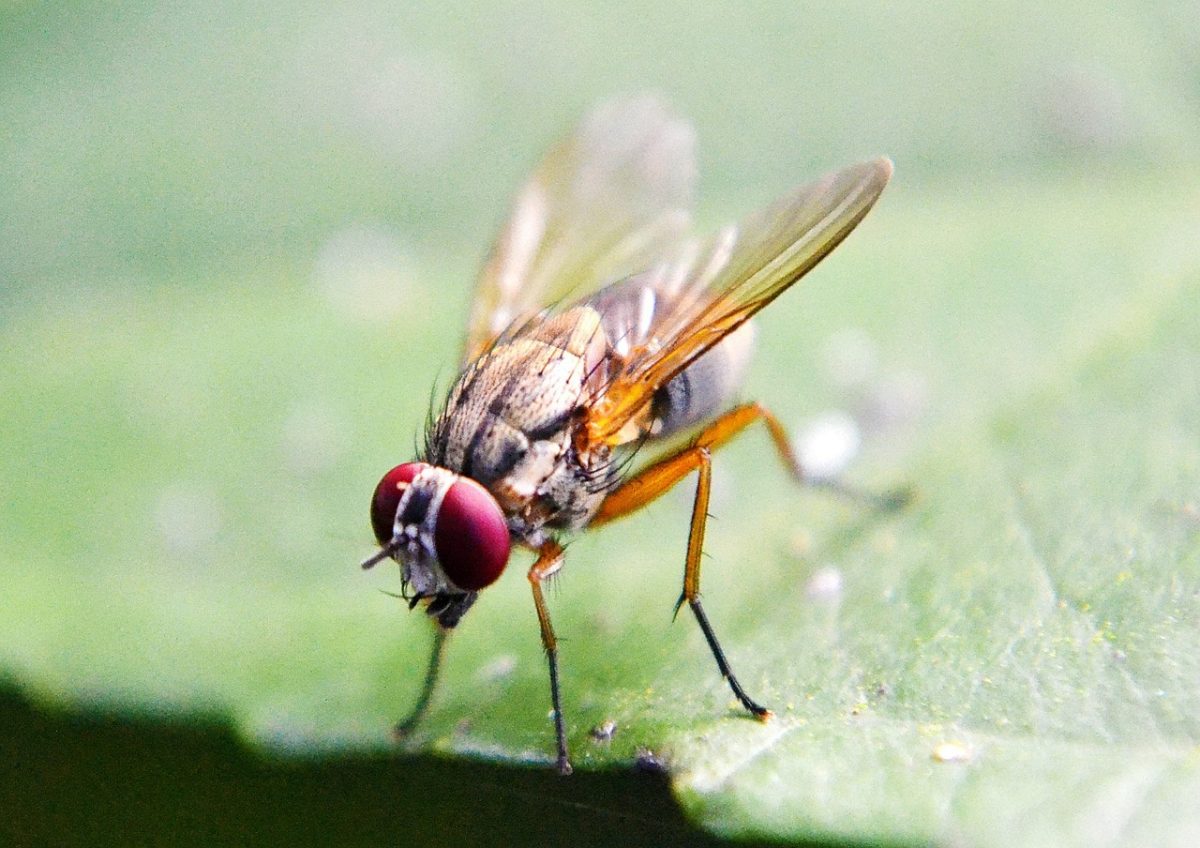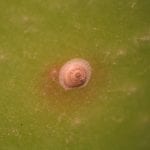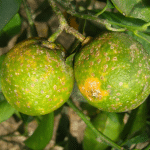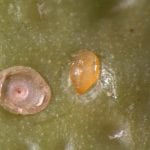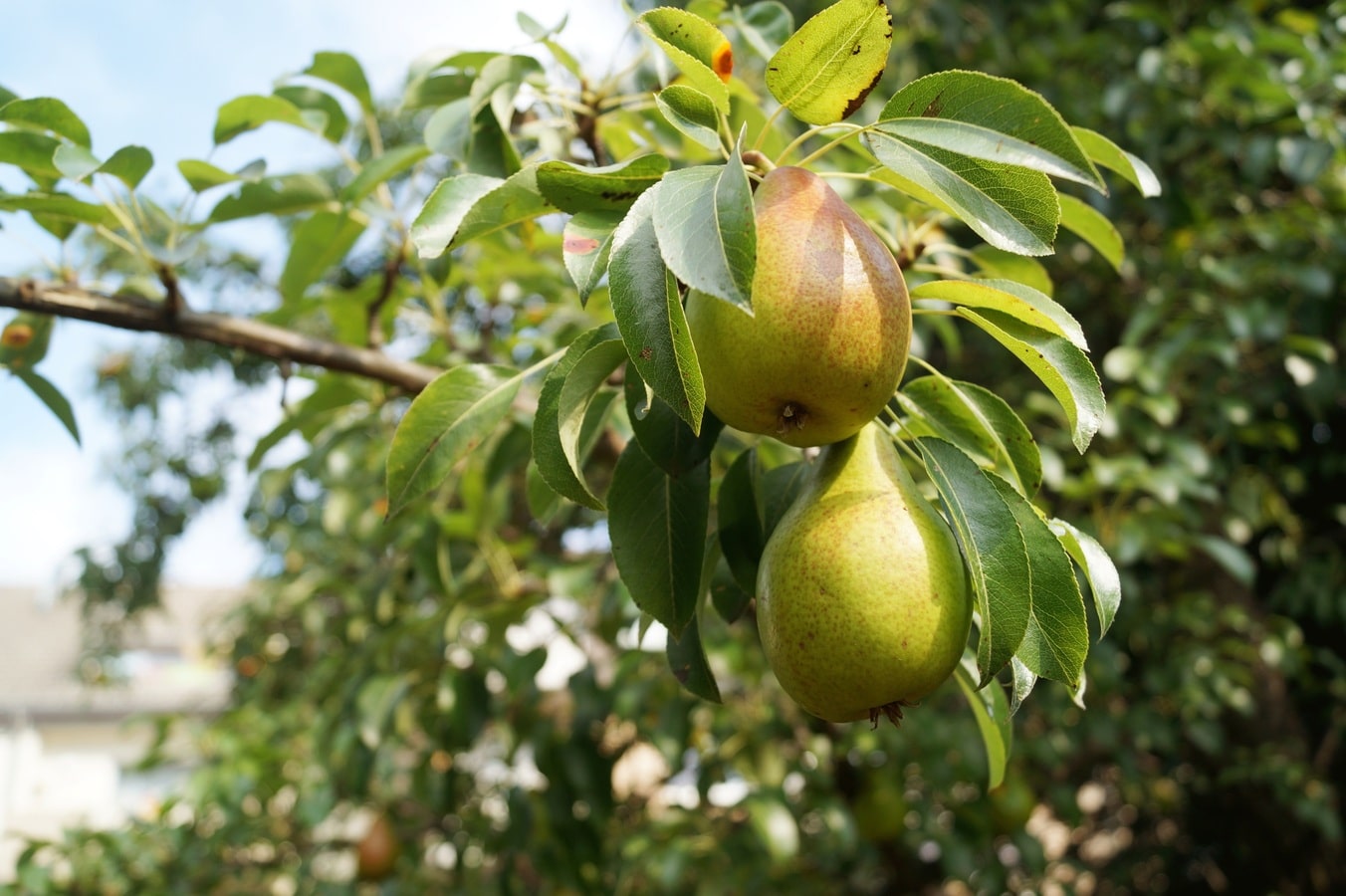
The pear tree is one of the most appreciated fruit trees, not for its ornamental value, but rather for the amount of fruit it can produce. But if we have to find some inconvenience, something that makes us doubt whether to cultivate it or not, it would be pests. He is very vulnerable to some of them. Although to be honest, all plants that produce edible fruits are, because there are many insects and other animals that want to feed on them.
But let's go back to the main topic of this article, our dear pyrus communis. What are the pests of the pear tree? And how are they treated? Let's see it.
Which are?
Any person who grows plants, especially if they are from gardens, You must be very clear that at any time you may have to carry out some preventive or curative treatment to protect them. But if we focus on the pear tree, it is not the favorite fruit tree of the aforementioned, because if we compare those that affect other plants with those that our protagonist can have, we will see that this is a more resistant tree.
Now, that does not mean that the damage is minor. In fact, it is important to know how to identify the symptoms, because this way we can give you the most suitable treatment, and thus avoid greater losses.
carcocapsa

Image - Wikimedia / Olei
The scientific name of this insect is Cydia pomonella. It is a lepidopteran that, when it is in its juvenile phase, that is, when it is still a larva, what it does is feed on the fruit. To do this, it digs galleries, which is why we will be able to see very small holes on its surface. Once an adult, it will measure about 2 centimeters and will have a brownish body, with a slightly darker head.
To combat or eliminate it, insecticides such as pyrethrins can be applied, or opt for other remedies that are much less harmful to the environment such as pheromone traps.
Fruitfly
La fruit fly, whose scientific name is Ceratitis capitata, is a small insect, one centimeter long, that he is very attracted to the aroma of fruits. Therefore, in its larval phase it feeds on them.. As she likes the heat, it will be during the summer when she is most active. But if we live in an area where the weather is warm for a good part of the year, it doesn't hurt to keep a sharp eye out in autumn as well.
To combat it, or at least to control its population, we recommend making a fly trap. This is done as follows:
- Pour two tablespoons of apple cider vinegar into a small container, such as a glass.
- Then cover it with a transparent plastic.
- And finally, take a toothpick and poke some holes in it.
And now you just have to put it near the pear tree so that the insect goes to the glass, and not to the tree.
San Jose louse
- Image - Screenshot of Agrocentrochile.cl
The San José louse, despite the name it has been given, should not confuse you, as it is a kind of mealybug, and one that, moreover, can easily go unnoticed. The scientific name is Quadraspidiotus perniciosus, and if you see it looks like a small, round, brown scale or limpet. It affects many plants, both fruit and ornamental, so the sooner it is detected, the better.
It perches on the fruits, as well as on the leaves -near the nerves-, and sometimes also on the young branches that have not yet lignified. To combat it, if the tree is small I still recommend applying diatomaceous earth (for sale here) of which I leave you a video; but if it is an adult then it will be more worthwhile to use an insecticide against mealybugs such as this.
Pear Psila
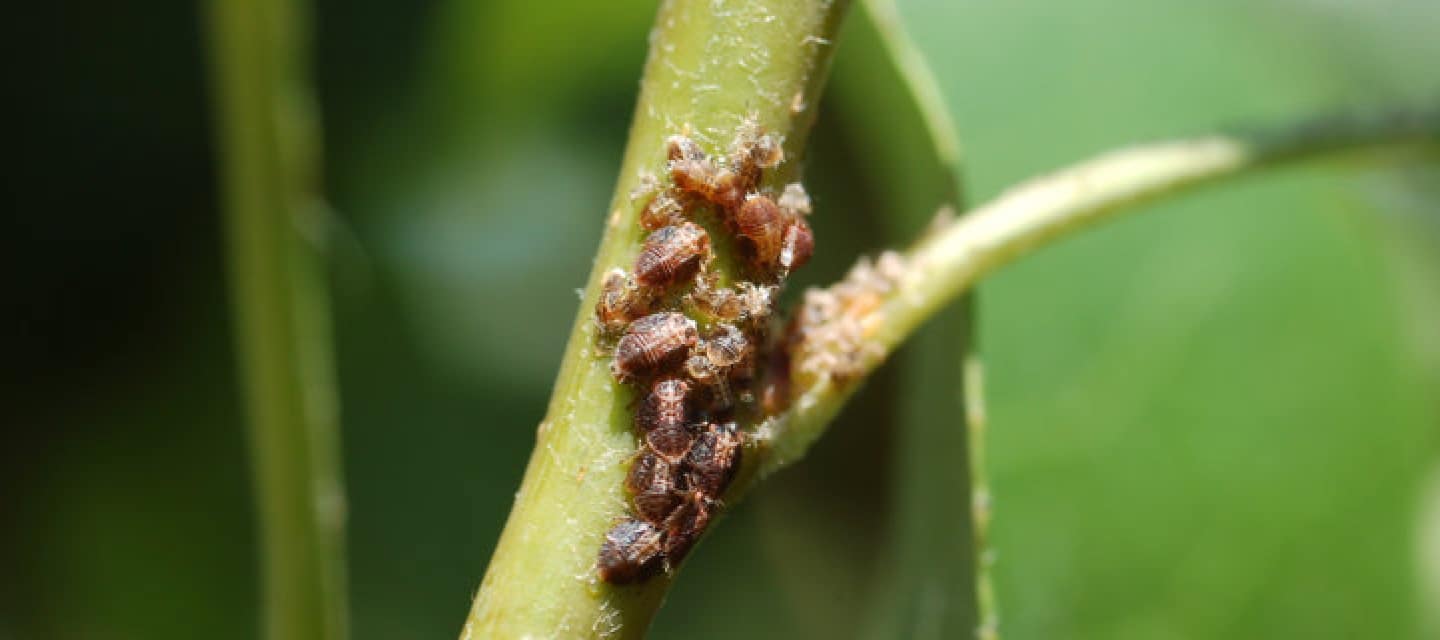
Image – innovagri.es
The psylla of the pear tree, or Cacopsylla pyri, is an insect that looks like a small fly. The adult specimen measures about 3 millimeters in length, and has two transparent wings -except the nerves, which are dark-. The female produces yellowish and elongated eggs, and leaves them on the leaves or in a hole found in the trunk. Once they hatch, nymphs feed on foliage as well as fruit.
The tree then weakens, because these nymphs secrete a honeydew that can attract pathogenic fungi, such as the bold. In addition, many pears spoil.
To fight it, any of these insecticides should be applied*:
- Abamectin 1,8%
- Acetamiprid 20%
- Acrinathrin 7,5%
- Deltamethrin 2,5%
- Lambda Cyhalothrin 1,5%
- Thiacloprid 48%
- Thiamethoxan 25%
Is it possible to prevent the pear tree from having pests?
Unfortunately not. But what we can do is take care of it so that, in case it has any, it costs less for it to recover. And how do we do that? Well, it is really very simple, because what it is about is fertilizing it in spring and summer, watering it if necessary so that it does not dehydrate, and pruning it only if you need it at the end of winter. In this sense, it is important to avoid drastic pruning, since they can not only make the tree ugly, but also weaken it a lot.
Likewise, it is recommended that weeds around the trunk be removed so that pathogenic insects do not lodge in them. This way we can reduce the risk of them becoming a problem later. For more information on pear tree care, click here:
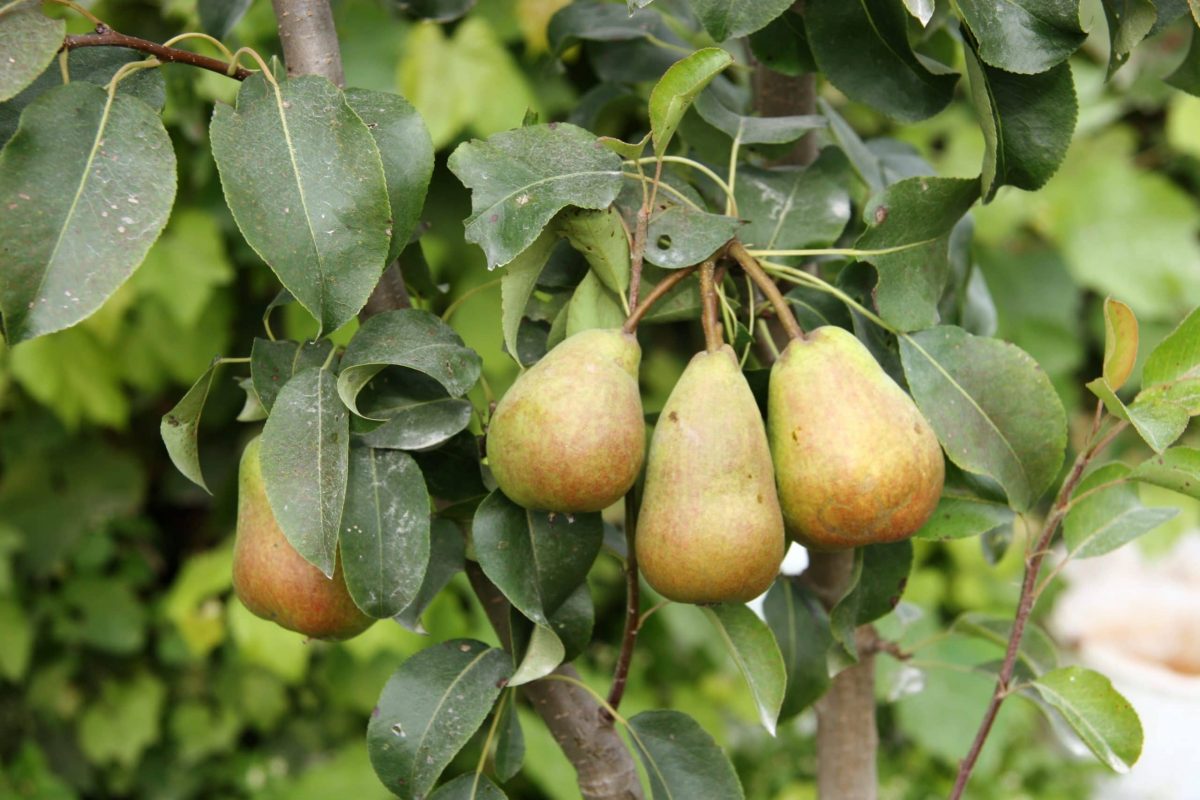
*Source: Agromatica.
